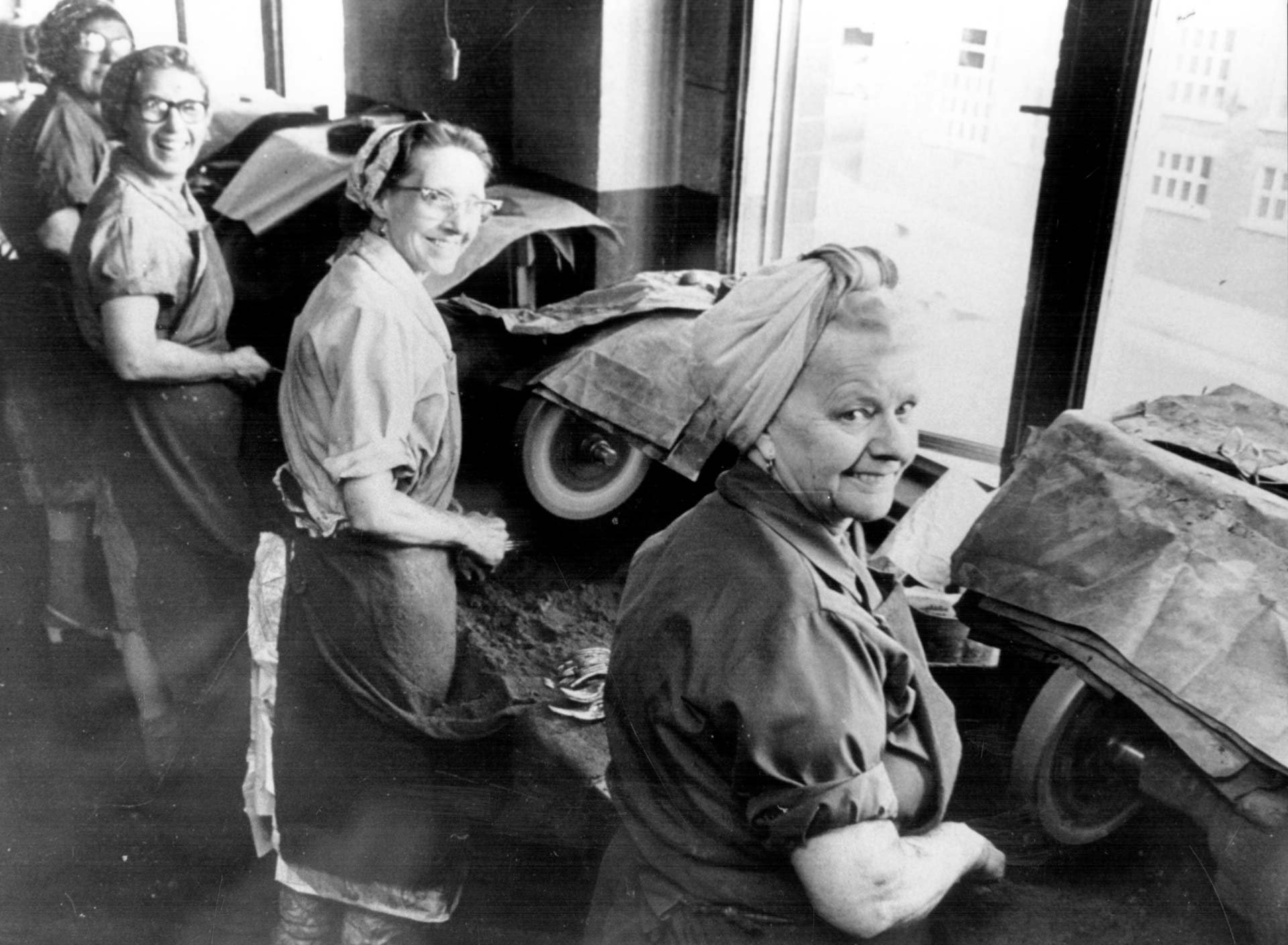Parish Patterns
At the height of Sheffield’s cutlery production era, there were many ‘mesters’ who would buy cutlery from blanking companies that stamped out spoons and forks. Knives were made by cutlers. Their patterns became known as Parish Patterns because they were available to anyone from the blanking companies in the local parish or district.
During the 1970s, cutlery started to be imported from the Far East, in direct competition with Sheffield cutlery. The blanking companies were forced to change their production techniques to enable mass production of the Parish Patterns. Adjustments were made to enable multi-polishing, including shallower bowls, reduced pattern definition and the removal of settings on the end of the shanks. However, James Dixon & Sons and Roberts & Belk (now members of the British Silverware family of companies) owned their own Parish Patterns. Spoons and forks were made within their own blanking facilities, so they didn’t need to compromise on quality to achieve multi-polishing and produce higher volumes. Today, British Silverware is proud to own the extensive collection of Parish Patterns that still exude the quality and finesse of that bygone era.
Bead
This is a classic English design featuring a neat design of small beads within fine borders. A derivative of the old English pattern our design is made from original hand manufactured dies.
Rattail
A classic English design that gets its name from the tapered ridge on the back of the spoon bowl. One of the oldest cutlery designs, Rattail dates back to a time when spoons were made in two halves.
Old English
One of the earliest of all cutlery patterns, first appearing in the 1760's, Old English with its 'pip' retains its timeless appeal. Note the handles of James Dixons & Sons cutlery which are joined to the stainless steel blades with a silver-rich hard solder. This is a highly skilled process often now replaced by bonding handle and blade with heavy cement.
La Regence
This design which has its roots in France with a nod to the Napoleonic era has very distinctive rich ornamentation.
Grecian
This classic pattern is equally at home in both modern and traditional surroundings. Feel the balance of each piece. Proper balance is achieved on the spoons and forks by 'cross-rolling' to achieve a strong 'shank' where the handle narrows, whilst keeping the handle-end and bowl or prongs at the correct weight.
Feather Edge
Taking its name from the feather like decoration this design was a development of the Old English pattern. In a modern world it remains traditional and decorative yet uncomplicated.
Hester Bateman
A finely detailed beaded pattern bearing the name of the illustrious designer/Silversmith. It is typical of the restrained delicate style of her work in the 18th century and fully justifies the continuous interest in her creations today
Dubarry
A traditional and popular pattern. The plain surfaces make this an ideal pattern for engraving.
Athenian
A blend of flawless Classicism and clean simplicity, designed under the influence of the Art Deco movement originally only available from Mappin and Webb. Today our Athenian is produced in our original tooling.
Plain Fiddle
Dating back to the mid-19th century the pattern is simple and elegant.
Lily
This beautiful pattern was designed with flowing lines of the art nouveau style.















